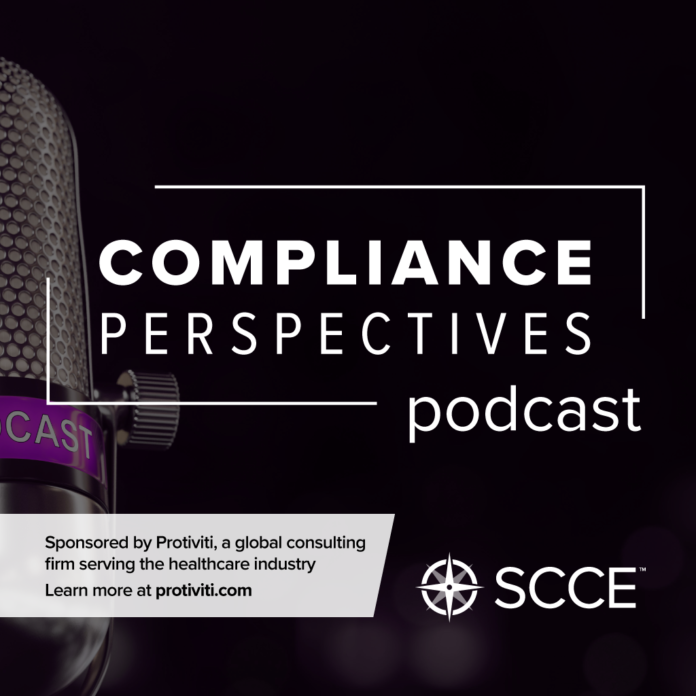Podcast: Play in new window | Download (Duration: 12:08 — 11.2MB)
Subscribe: Apple Podcasts | Email | TuneIn | RSS
Daniel Garen, Chief Ethics and Compliance Officer at Vivint, divides compliance officers into two types. One is more comfortable running established, stable programs. The other is more comfortable diving in to a crisis.
A quick look at his LinkedIn profile and you can see he squarely sits in the latter camp, with a career being brought in to one company in the grips of a major compliance crisis and then another.
In this podcast he shares what he has learned from working inside organizations facing the fallout of a major compliance incident.
So how do you decide whether a similar path is right for you? Or how do you decide if the person you are about to hire in the midst of a major enforcement action is right for the role? Look for someone with a sense of both urgency and calm. You need (or need to be) someone who can work quickly without getting flustered.
When entering an organization in the midst of a major issue he advises immediately taking inventory of where things are, paying attention to two key buckets. Culture is one. The other is governance and structure. Ask: did the issue come up because of cultural issues or because people were trying to do the right thing but didn’t have the right structure in place? Or, was it a combination of both?
The answer will dictate how you proceed. And, if the answer is culture or both, start with culture. That’s the toughest challenge.
To help the organization start digging out he argues it is important to have the support from top to bottom. With so much pressure coming from the outside – regulators, enforcement, the press, shareholders – having alignment inside is critical.
To get it both talk and listen. Communication will be key, as will be taking the time to hear and learn what the underlying problem is.
To get everyone moving forward, and to help enforcement see that you are making progress, he recommends data visualization tools. Even something as simple as a Gantt Chart can show what the process is that needs to be followed, and how far you are along in it.
As you work through the issues, pursue built-in rather than bolt on programs. It increases ownership and speed.
It also has two other benefits. First, it helps the regulator see what you are doing and build confidence that the company gets it.
Second, it helps the business team gain ownership of the issue and start seeing some benefits from the new processes that have been put into place. The changes become less about compliance mandates and more about process improvements. And isn’t that really compliance at its best?
Listen in to learn more about how to embrace and survive a major compliance crisis.


